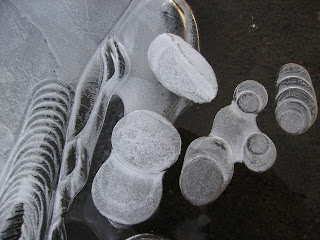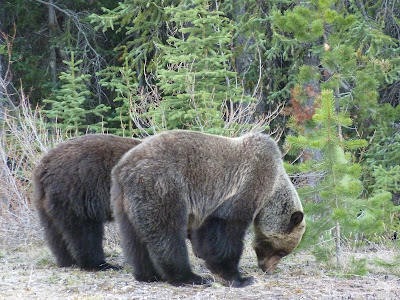We had a scheduled power outage in Lake Louise a couple of nights ago, and when the lights went out at 10:00 p.m., we went for a walk in the starlight. Wow! Orion was bright in the sky, and with binoculars, we peered into the Orion Nebula and into the nearby Pleiades star cluster.
Winter is star season in the Rockies, and if you want to enjoy incredible night skies without light pollution, here are a few helpful tips:
Jasper National Park was recently declared a “Dark Sky Preserve” by the Royal Astronomical Society of Canada, and you can go on guided star walks on Saturday nights throughout the winter.
 |
| Pyramid Lake, Jasper National Park. Photo by Thomas Pleiss. |
To catch the northern lights, subscribe to "aurora watch", and you'll get real time updates of likely aurora borealis.
And finally, we'll be doing a night snowshoe trip from the Lake Louise Inn on December 28 starting at 6:00 p.m. It will be a full moon, so the stars won't be as easy to see, but snowshoeing in the full moon is magical!























